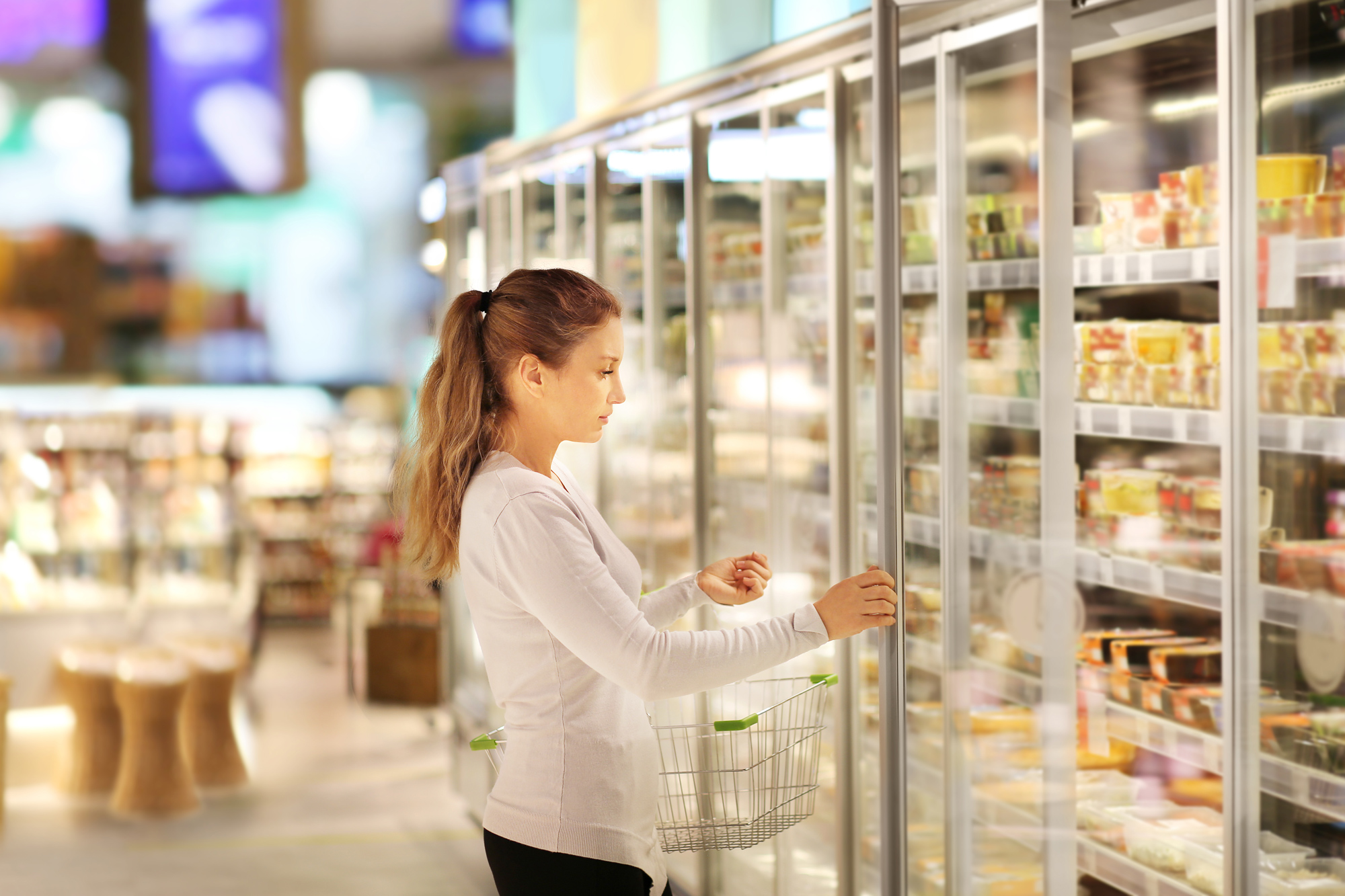The frozen food aisle has long been a battleground for established brands vying for consumer attention. In recent years, private label products have risen to the challenge and are making a strong impression on shoppers. Last year, private labels increased their market share from 24.7% to 25.5% and saw a 6% increase in sales year over year in key industries like refrigerated food. This growth is driven by private label products’ key advantage to consumers: value. 90% of surveyed consumers shared they were likely to continue shopping for private label products as inflation continues to increase costs.
With consumers growing more trusting of private label products, including in the freezer section, private labels have the opportunity to gain further market share. Investing in a custom frozen food packaging refresh can help private label products stand out and increase consumer loyalty.
Tips for Private Label Frozen Food Packaging
Choose the Right Material
Whether you are creating a new private label product or refreshing product packaging, material selection is one of the most important considerations for frozen food packaging. Not only should frozen product packaging materials stand up to freezing temperatures but also protect the product itself from freezer burn and contamination from moisture, light, and air. Since sustainability is top of mind for so many consumers, private labels should factor eco-friendly materials into final selections.
Paperboard Folding Cartons
Paperboard folding cartons are already a staple in the frozen food industry. Paperboard itself is a cost-effective, sustainable material made from renewable resources such as virgin wood pulp and recycled paper products. There are many different types of paperboard available in varying thicknesses and coatings. The kaolin clay coatings typically applied to paperboard frozen food boxes create a strong barrier against contaminants as well as the ideal surface for high-quality printing, graphics, and messaging. Paperboard folding cartons are also designed with resealable features such as tuck-in flaps to extend product freshness, which helps reduce food waste.
Follow Good Design Practices
Just because shoppers like private label prices doesn’t mean that packaging design should be an afterthought. Private label packaging should still be informative and attractive to help turn first-time buyers into repeat customers. To create the ideal packaging design, private labels must understand their ideal consumer. Products targeted toward age groups like children or specific types of consumers like health-conscious shoppers are more likely to resonate with consumers who share those characteristics.
Good packaging design uses a mix of bold colors, typography, and fonts to produce unique packaging that reflects the private label’s brand. The graphics, design elements, and messaging should all be consistent. So, if a private label aims to be fun and playful or clean and sophisticated, the total packaging design should clearly convey those sentiments to consumers. Custom frozen food packaging, in particular, should showcase what the product looks like using high-quality photos or illustrations of the prepared meal.
However, aesthetics aren’t the only factors private labels need to consider for their frozen food packaging. Practicality is just as important. Frozen food is all about convenience, so frozen product packaging must make it easy for consumers to not only cook the food perfectly but also store the product for optimal freshness. Clear cooking and storage instructions should be prominently displayed in an easy-to-read font on a contrasting background.


